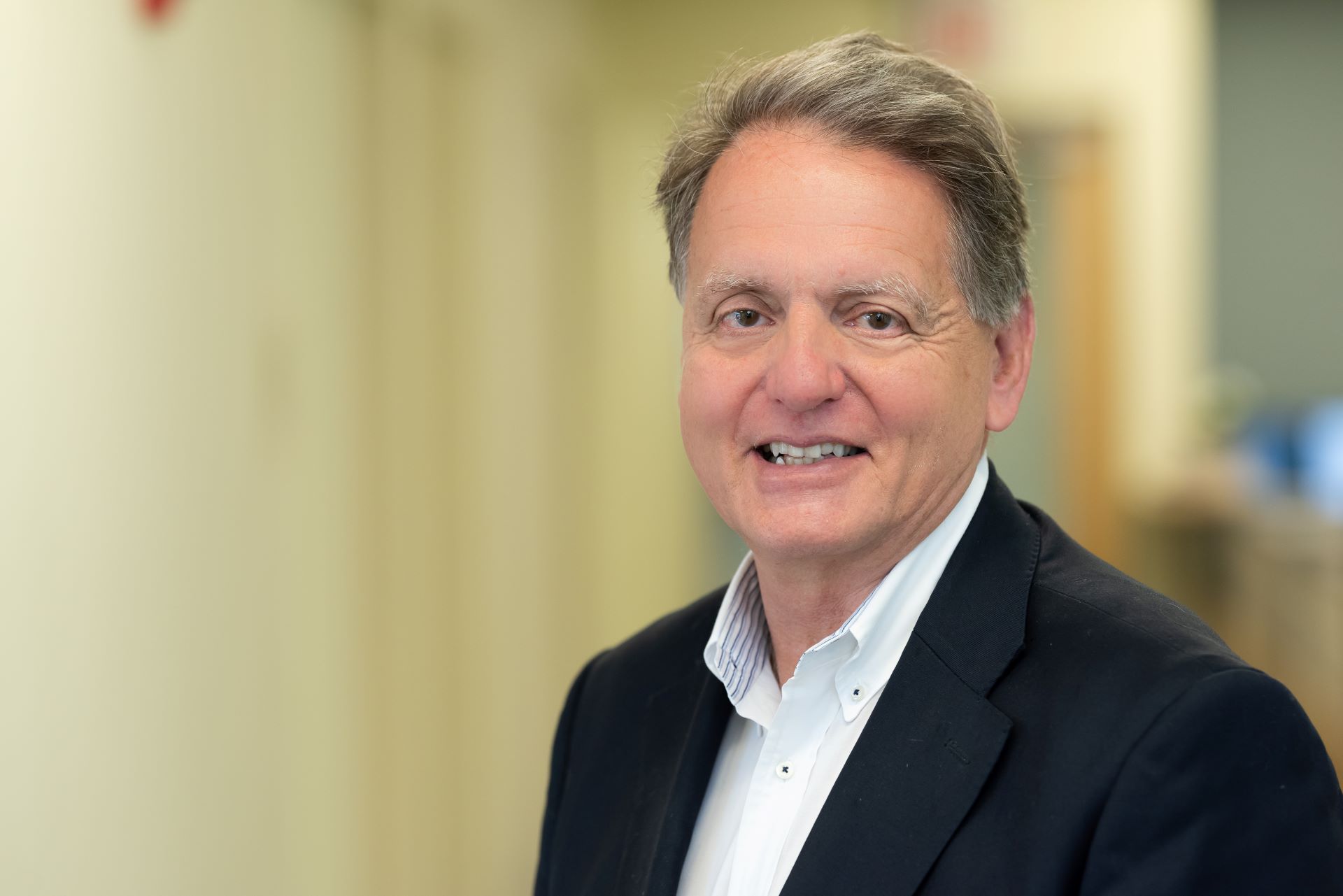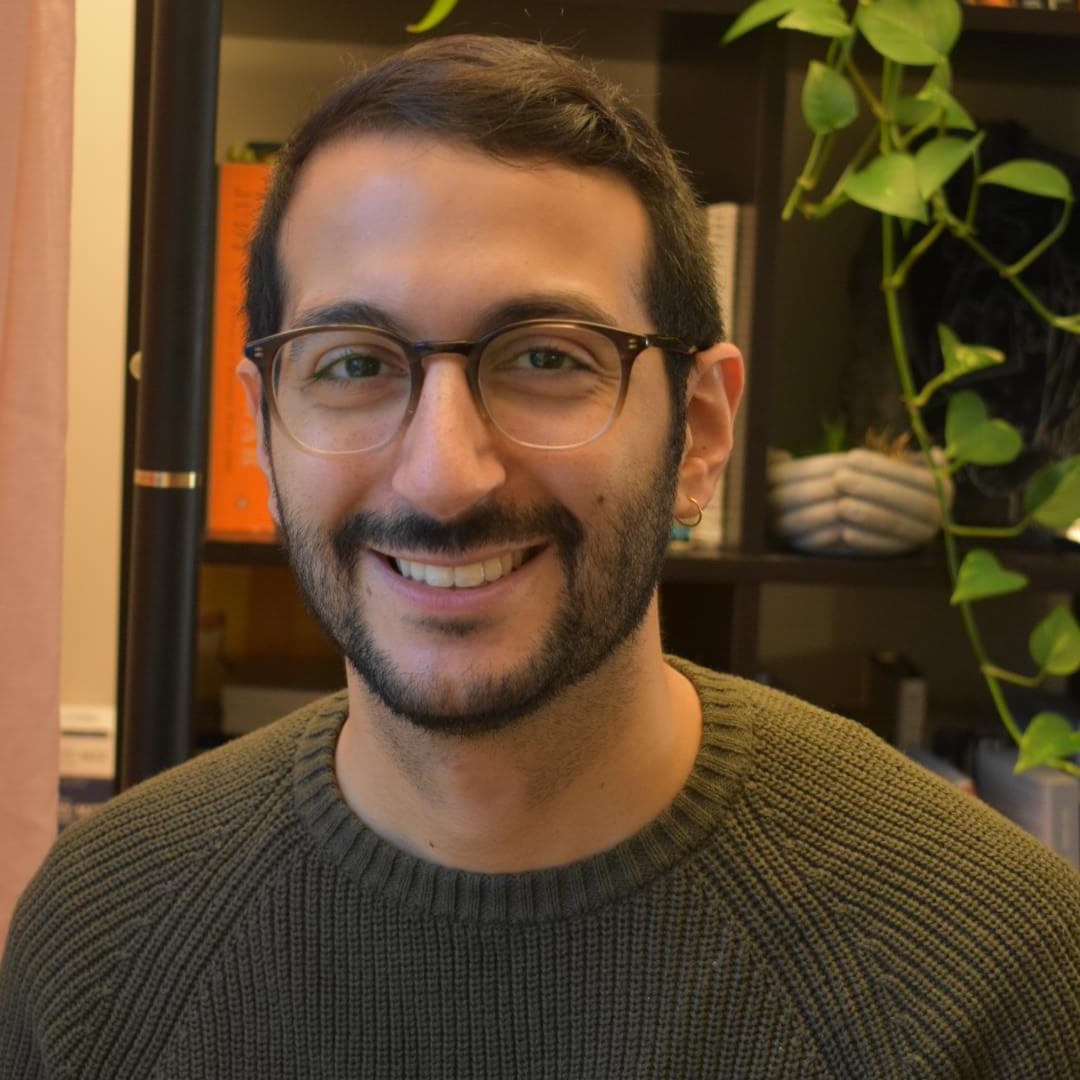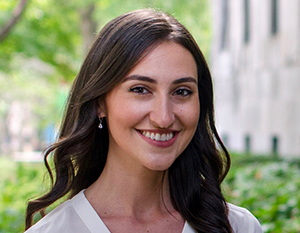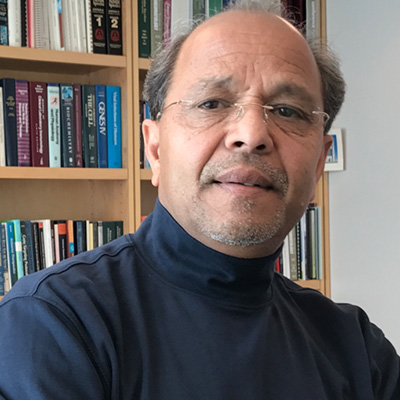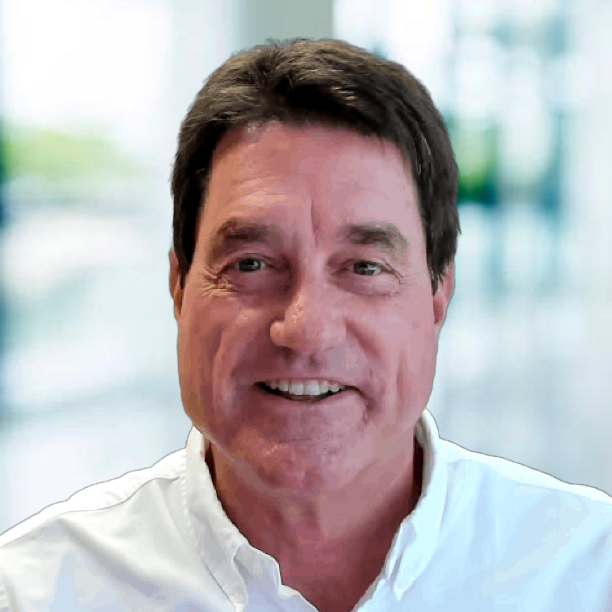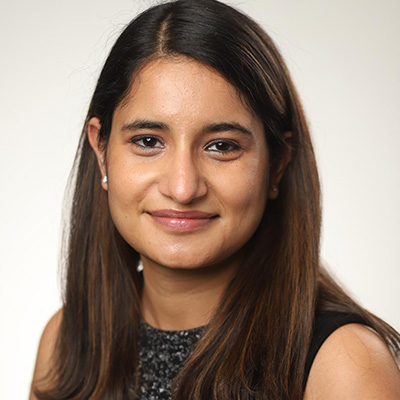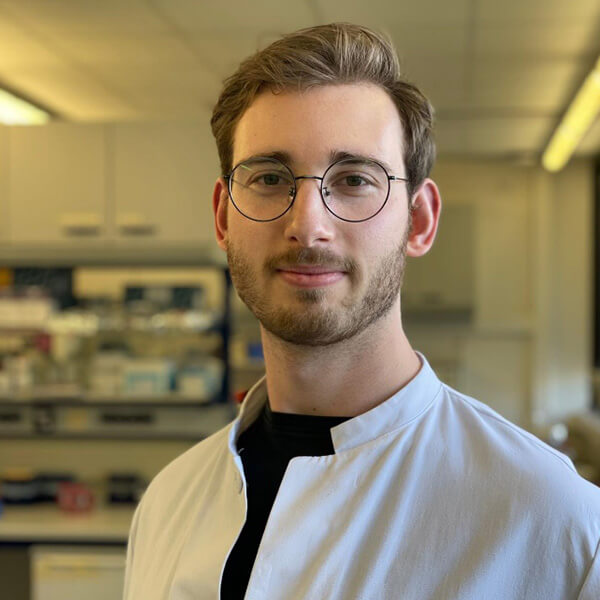
Looking for something?

M.Sc. Philipp Niklas Ostermann
PhD Student
Heiner Schaal Lab
Institute of Virology
University Hospital Düsseldorf
How did you become interested in the field of oligonucleotides?
I first encountered the use of antisense oligonucleotides as potential therapeutics during my master’s thesis, which was about inhibition of HIV-1 replication via interference with crucial steps of viral RNA processing.
I have to say that since the first semesters of my Bachelor’s studies in general biology, I wanted to become a molecular virologist. Hence, I ended up working with antisense oligonucleotides by chance. However, I directly liked the idea to tackle viral disease by disturbing different steps of viral RNA processing as this offers a promising and very specific way to inhibit viral replication.
Therefore, while working now in the virology department for more than four years, I transferred my knowledge in antisense technology also to approach inhibition of other viruses besides HIV-1, like Influenza or SARS-CoV-2, and plan to continue doing so also during my next career step as a post-doc.
Since I work in a research group that is specialized in RNA splicing and RNA export, I use my antisense oligonucleotides, which are LNA-modified mixmers, during my every-day lab work also as molecular tools to investigate aberrant splicing patterns of human transcripts. Therefore, although getting to the field of antisense oligonucleotides by chance in the first place, they are currently involved in almost all my projects.
Who were your early mentors?
My first mentor was definitely Dr. Daniel Eberhard of the Institute of Metabolic Physiology at the Heinrich Heine University Düsseldorf. Since I come from a social environment without any contact to the scientific field, Dr. Eberhard taught me everything I needed to know about science during the six months of my bachelor’s thesis and in my opinion, he did a great job and I am very thankful for that.
After finishing my bachelor’s degree, I almost directly started my master’s thesis in the lab of Prof. Dr. Heiner Schaal at the Institute of Virology. Here, I did not only benefit from direct supervision by Dr. Frank Hillebrand, but also by the extensive knowledge and great experience of Prof. Schaal. His mentorship is also what made me stay in his lab to pursue my PhD in molecular virology, which I am currently finishing to continue my academic career as a post-doc.
How did you become involved in OTS?
I cannot remember exactly how I came to the OTS. However, I remember that I someday stumbled across the OTS webpage and found all the links, news and resources on antisense oligonucleotide technology that helped me with my master’s thesis.
For instance, I profited and still profit very much from the presentations on different aspects of the antisense technology, especially that they are made available also via YouTube to watch them in retrospective. I also like the perspectives very much that give the most recent updates on all these different aspects.
Why do you continue to support the society?
Since I benefit very much from the OTS, as mentioned before, I like being an active member of the society. Unfortunately, I have not yet contributed to one of the annual meetings but hope to attend and present my data at the upcoming event in Phoenix 2022. Further, I think the work done by the OTS is important in that it achieves to gather and summarize data from this vast field in a comprehensive and elegant manner. This helps especially young scientists which somehow are involved in projects using antisense oligonucleotide technology, like I was several years ago.
What is special about the type of research/work you have done?
As a virologist, I do not focus on antisense oligonucleotide chemistry, but rather on how we can use them to interfere with viral replication. Although working also with viruses that cause acute viral infections, in my opinion, antisense oligonucleotides, at least in the near future, have the best potential to tackle persistent viral infections, as here, we have a lot of similarities to the genetic diseases that are already treated with antisense technology. However, in contrast to the human genome, viral genomes, especially that of RNA viruses, are prone to mutations leading not only to variable target regions in-between viral strains and isolates, but also the emergence of escape mutations. Hence, it is necessary to approach inhibition of viral replication by targeting multiple conserved regions that are essential for viral replication. In the context of HIV-1, for example, we try to identify potential target sequences for our LNA-modified antisense oligonucleotides in different cell models based on our experience in HIV-1 splicing and viral RNA export.
Besides mere identification of potential target sequences, we are interested in how antisense oligonucleotide function after transfection reagent-free (unassisted) delivery seemingly is cell type specific. This way, we may contribute not only to the use of antisense oligonucleotides as antivirals, but also to the general field of antisense technology.
What do you like to do in your free time?
In my free time, I really like to do ball sports, like football, handball, or basketball. Besides doing sports, I like watching all kinds of movies. Therefore, I have a subscription for our local cinema. In addition, one of my favorite things to do is to drink a beer or two after a long day in the lab with my colleagues.


